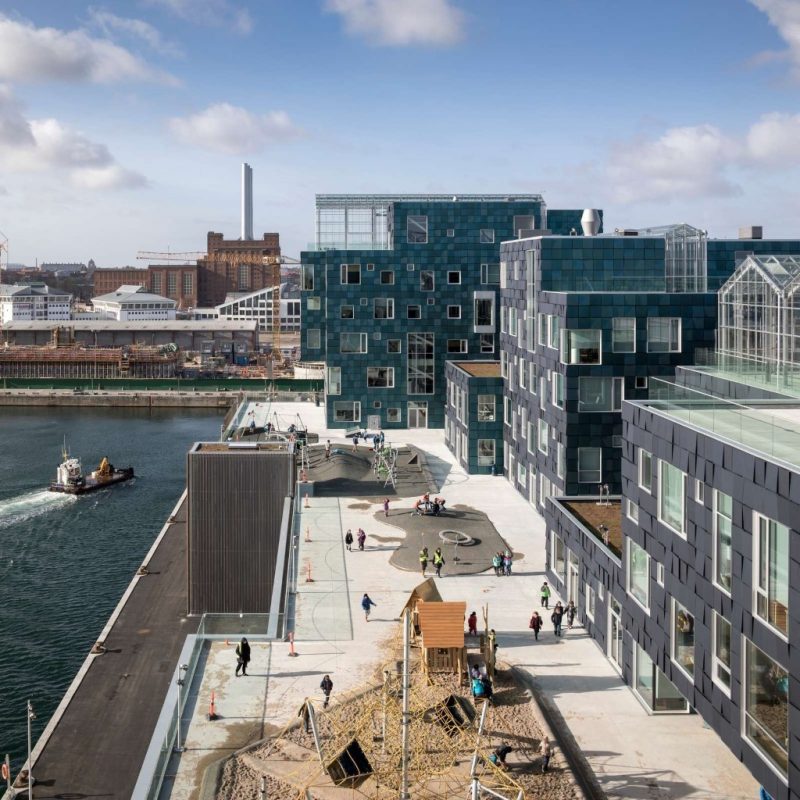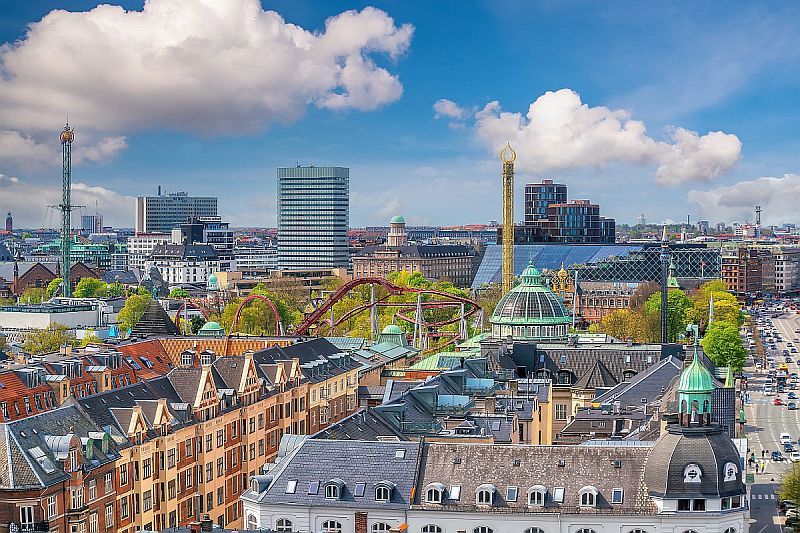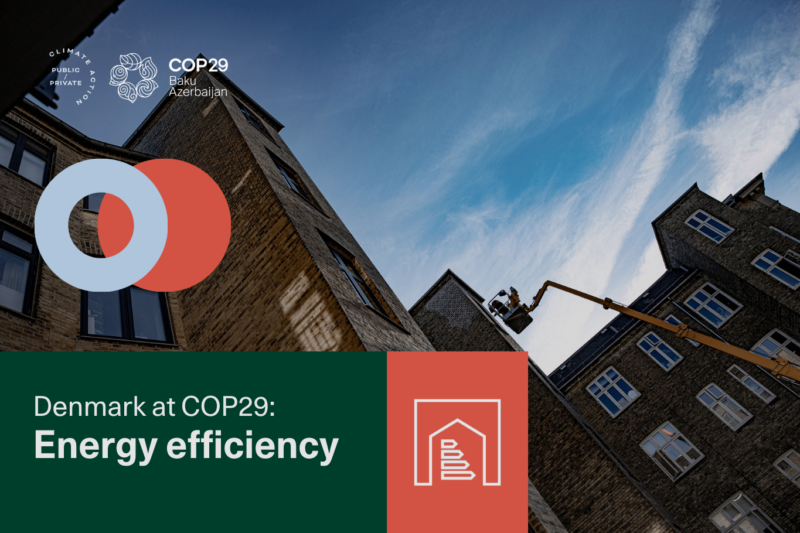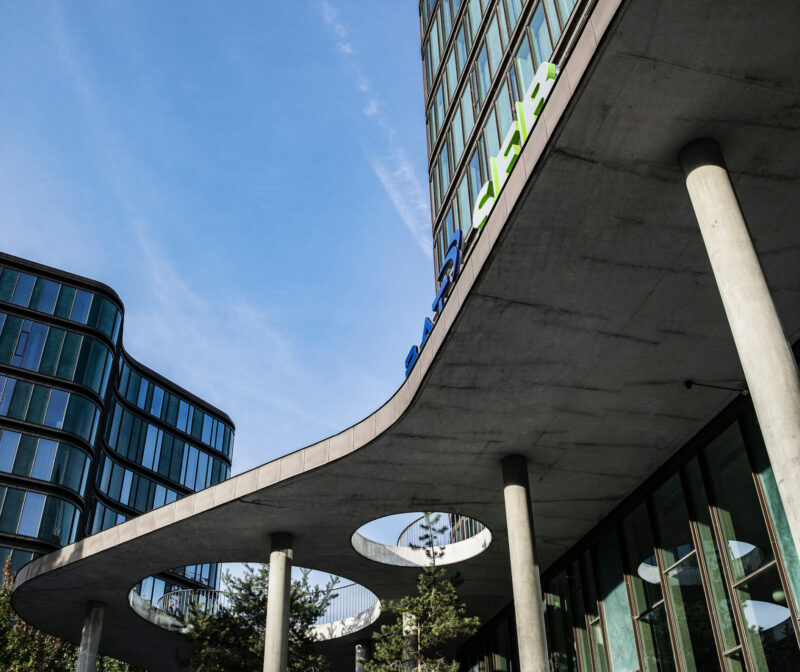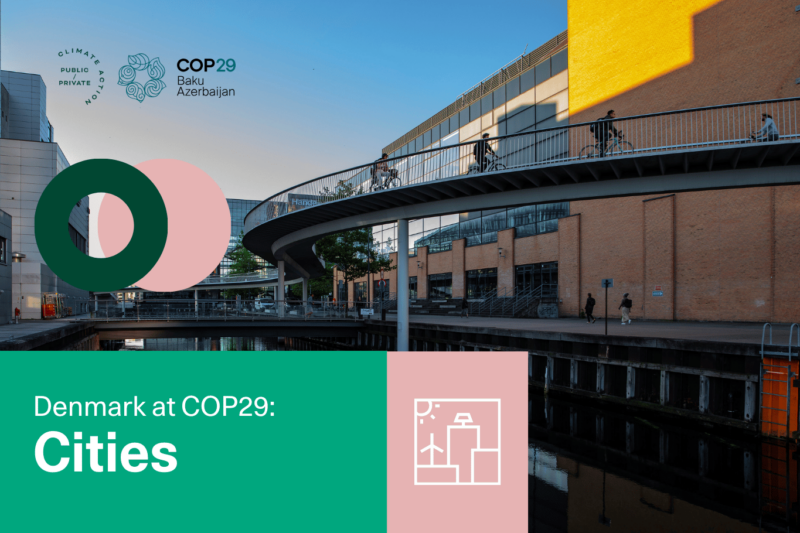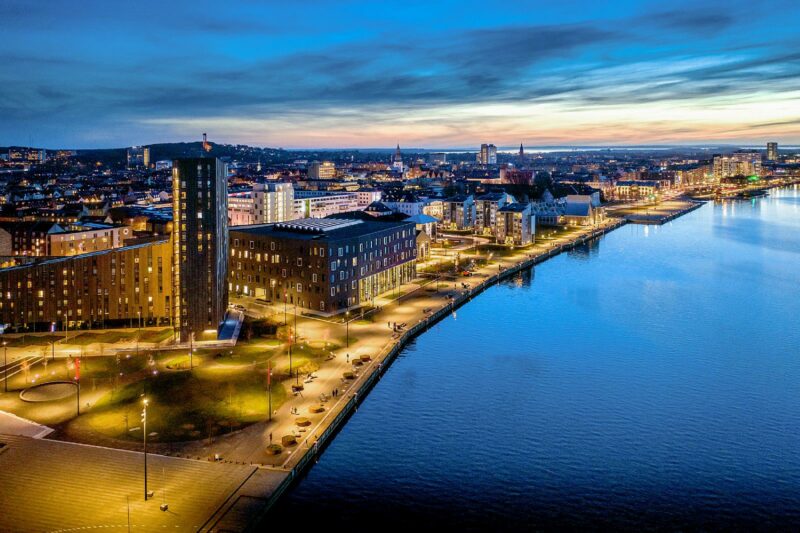News
Buildings
Green cement can reduce the carbon footprint of buildings
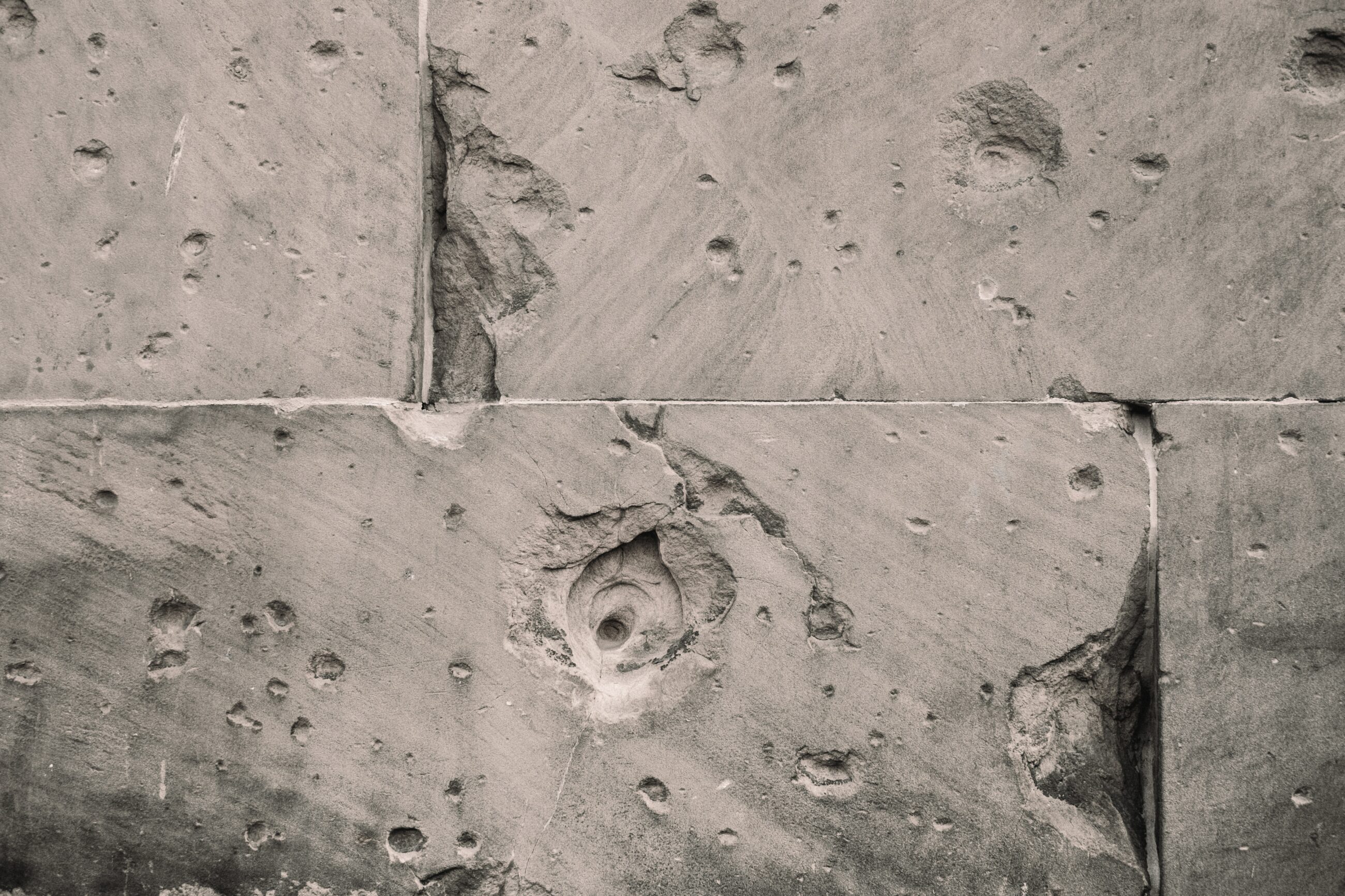

A Danish project group consisting of researchers and cement and concrete producers have developed a new type of cement to be used in concrete that reduces CO2 emissions significantly. The new, green cement can reduce the global carbon footprint of the cement industry by up to 30 per cent. While the construction of buildings and bridges in Denmark use approximately eight million tonnes of concrete annually, it is estimated that this figure amounts to 17 billion tonnes on a global scale.
Known as ‘Greening cement and concrete production’, the project group behind the new type of cement presented the results of their work at a conference held at the DanishTechnological Institute in Greater Copenhagen today.
Commenting on the results, Denmark’s Minister for Energy, Utilities and Climate, Lars Chr. Lilleholt stated ‘Denmark is a leading green nation and the results of the project highlight this. The results are dramatic and place Denmark at the forefront of global knowledge about sustainable cement and concrete production’.
-Related publication: Smart Buildings
A reduction of 400 million tonnes of CO2
If the entire world replaced existing types of cement and concrete with the newly developed sustainable versions the project has developed, buildings’ share of CO2 emissions would be reduced by 400 million tonnes annually on a global scale. This is an amount equivalent to France’s total annual CO2 emissions.
Globally, cement production represents five per cent of all CO2 emissions. Denmark and several other countries have had a lower carbon footprint, partly because fly ash has been used instead of cement to produce concrete. However, fly ash is a waste product that originates in coal-fired power plants and given there is a global push to phase coal out of power production, there is an obvious and urgent need to develop alternative types of cement for the global market.
‘We have produced some very promising results, which provide a foundation for further work on improving the environmental and sustainability performance of the concrete industry – not only in Denmark, but also internationally. The results show that the project’s objectives have been met. We have found a way to construct concrete more sustainably, even without using fly ash. The new, sustainable cement is not based on a scarce resource’, says the Jesper Sand Damtoft from Aalborg Portland, head of the project group’s steering committee.
Tested in bridges and buildings
The green cement and concrete have been tested in three bridges which the Danish Road Directorate and Railways Denmark have built and in a building at the Technical University of Denmark. The project’s work concentrated on optimising the cement’s composition and its usage in concrete for specific purposes. In addition, the concrete has been tested in a number of so-called ‘field exposure sites’ in order to observe how the concrete’s qualities develop over time. Together with the other demonstration projects, this has been completely decisive knowledge in regards to accelerating development in a branch where longevity is essential to the structure’s lifespan and sustainability.
‘The results from the three demonstration bridges and demonstration building at DTU are very sound. We have succeeded in implementing the developments that have taken place in the laboratory into practice. It is here in the real structures, that the concrete need to demonstrate their worth over time’, says Lars Nyholm Thrane, project manager at the Danish Technological Institute.
It is expected that the new type of cement will be commercially available within approximately two - three years.
-Related solution: Low-energy CEMents for sustainable production
The new green cement – background information
Traditional Portland cement primarily consists of approximately 90 pro cent cement clinkers and the rest is comprised of equal amounts of limestone and gypsum. The challenge with this type of cement is that the production is energy intensive. Globally, cement production is responsible for approximately five per cent of all CO2 emissions.
The new green cement, which has been developed by Aalborg Portland consists of approximately 62 per cent cement clinkers, 17 per cent calcined clay, 17 per cent limestone and the remainder consists of gypsum, which gives a smaller carbon footprint.
About the project group
The chief objective in the project ‘Greening cement and concrete production’, also referred to as ‘Green Concrete II’ for short, has been to develop solutions, which create a foundation for the continued sustainable transformation of cement and concrete production in Denmark. The project ran from March 2014 to March 2019 and is co-financed by Denmark’s Innovation Fund. The four year long research and innovation project had a combined budget of approximately EUR 4 million. More information about the project can be obtained on www.gronbeton.dk
Participants in the project are the Danish Technological Insitute (project manager), Danish Concrete Factory Concrete Group , Unicon, Sweco, Ramboll Denmark, MT Højgaard, Railways Denmark, the Danish Road Directorate , Femern, the Danish Energy Agency, the Technical University of Denmark’s Department of Civil Engineering, UCL University College, Copenhagen School of Technology and Design, VIA University College, Zealand Academy of Technologies and Business and the Center for Concrete Education and Training.
Source: The Danish Technological Institute
Photo credit: Photo by Samuel Zeller on Unsplash
You should consider reading
events
Urban planning and development
+7
